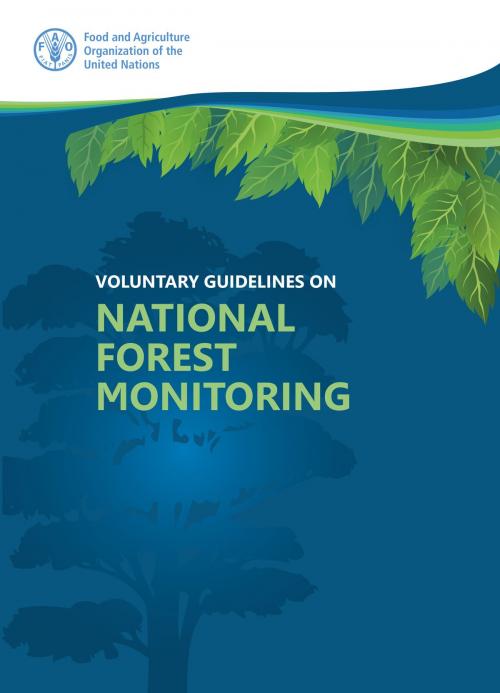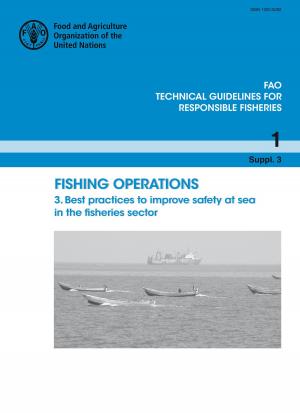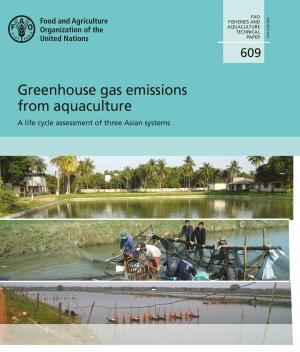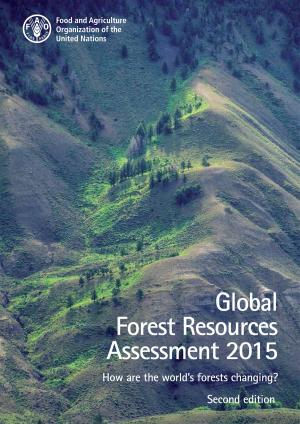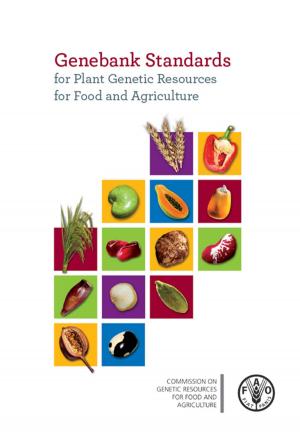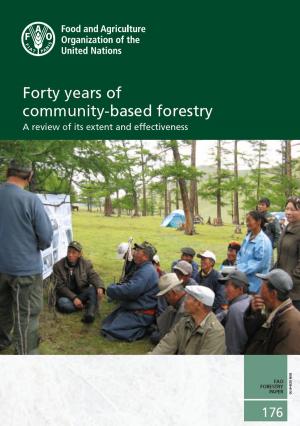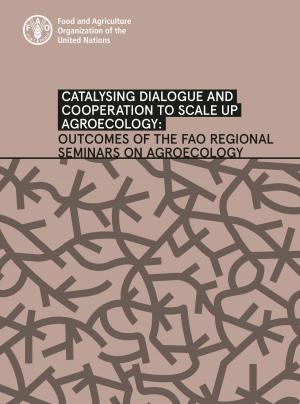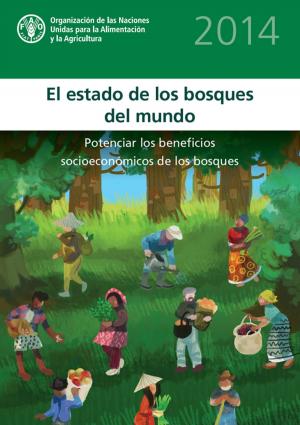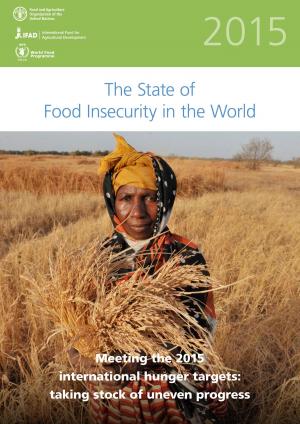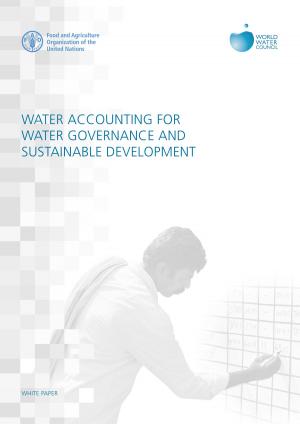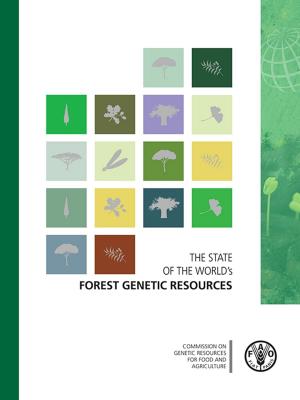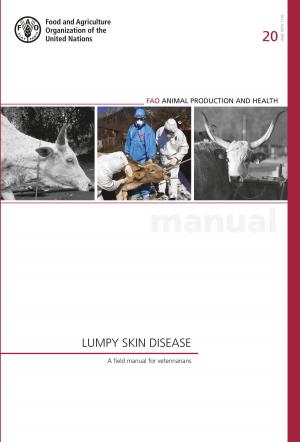Voluntary Guidelines on National Forest Monitoring
Nonfiction, Science & Nature, Technology, Agriculture & Animal Husbandry, Social & Cultural Studies, Social Science| Author: | Food and Agriculture Organization of the United Nations | ISBN: | 9789251302088 |
| Publisher: | Food and Agriculture Organization of the United Nations | Publication: | March 9, 2018 |
| Imprint: | Smashwords Edition | Language: | English |
| Author: | Food and Agriculture Organization of the United Nations |
| ISBN: | 9789251302088 |
| Publisher: | Food and Agriculture Organization of the United Nations |
| Publication: | March 9, 2018 |
| Imprint: | Smashwords Edition |
| Language: | English |
More recently, information on changes in carbon stocks, socio-economic aspects including the contribution to livelihoods and poverty reduction, governance and broader land use issues has become critical for national planning.
The forest sector faces increasingly diverse information needs regarding land use and forest resources. This information is also necessary for policy-makers and other stakeholders to effectively enhance the role of forests in reducing the impact of climate change and providing other key ecosystem services. To help realize the contribution of forests to sustainable energy and food security, policy-makers require more and better data, including information on trends and outlooks and the broader context, such as demand for food, energy and wood fibre and employment and rural development issues. They must also meet the growing demand for evidence of forest management outcomes.
Stronger national capacities are essential to collect, compile and analyse data and to generate and disseminate information tailored to audience needs. In 2010, however, only 45 countries worldwide were able to assess changes in forest area and characteristics through consecutive systematic national forest inventories. Moreover, it is likely that these do not fully reflect the additional national information needs outlined above.
Comparability and consistency are key elements to providing timely and reliable forest information at different scales. In this context, countries need to establish and consolidate national forest monitoring systems. Guidance on how to collect, compile and analyse forest information is fundamental to this endeavour.
Establishing and running a National Forest Monitoring System (NFMS) constitutes a complex scientific- technical exercise and an organizational and institutional challenge. The process has a direct link to policy as it informs management and decision-makers about the sustainable use of forest resources and the efficient protection and conservation of forest ecosystems. Accordingly, an NFMS supports governments in fulfilling their obligations to continually develop, monitor and report on “forest resources”, which may include trees outside forests as well as other land cover classes.
The aim of these Voluntary Guidelines is to assist with the creation and operation of NFMSs. The guidelines include good practice principles, guidelines and a general framework. It also incorporates a set of decision-support tools for planning and implementing a multi-purpose NFMS grounded in nationally appropriate and scientifically sound practice, taking into consideration domestic information needs and reporting requirements.
More recently, information on changes in carbon stocks, socio-economic aspects including the contribution to livelihoods and poverty reduction, governance and broader land use issues has become critical for national planning.
The forest sector faces increasingly diverse information needs regarding land use and forest resources. This information is also necessary for policy-makers and other stakeholders to effectively enhance the role of forests in reducing the impact of climate change and providing other key ecosystem services. To help realize the contribution of forests to sustainable energy and food security, policy-makers require more and better data, including information on trends and outlooks and the broader context, such as demand for food, energy and wood fibre and employment and rural development issues. They must also meet the growing demand for evidence of forest management outcomes.
Stronger national capacities are essential to collect, compile and analyse data and to generate and disseminate information tailored to audience needs. In 2010, however, only 45 countries worldwide were able to assess changes in forest area and characteristics through consecutive systematic national forest inventories. Moreover, it is likely that these do not fully reflect the additional national information needs outlined above.
Comparability and consistency are key elements to providing timely and reliable forest information at different scales. In this context, countries need to establish and consolidate national forest monitoring systems. Guidance on how to collect, compile and analyse forest information is fundamental to this endeavour.
Establishing and running a National Forest Monitoring System (NFMS) constitutes a complex scientific- technical exercise and an organizational and institutional challenge. The process has a direct link to policy as it informs management and decision-makers about the sustainable use of forest resources and the efficient protection and conservation of forest ecosystems. Accordingly, an NFMS supports governments in fulfilling their obligations to continually develop, monitor and report on “forest resources”, which may include trees outside forests as well as other land cover classes.
The aim of these Voluntary Guidelines is to assist with the creation and operation of NFMSs. The guidelines include good practice principles, guidelines and a general framework. It also incorporates a set of decision-support tools for planning and implementing a multi-purpose NFMS grounded in nationally appropriate and scientifically sound practice, taking into consideration domestic information needs and reporting requirements.
